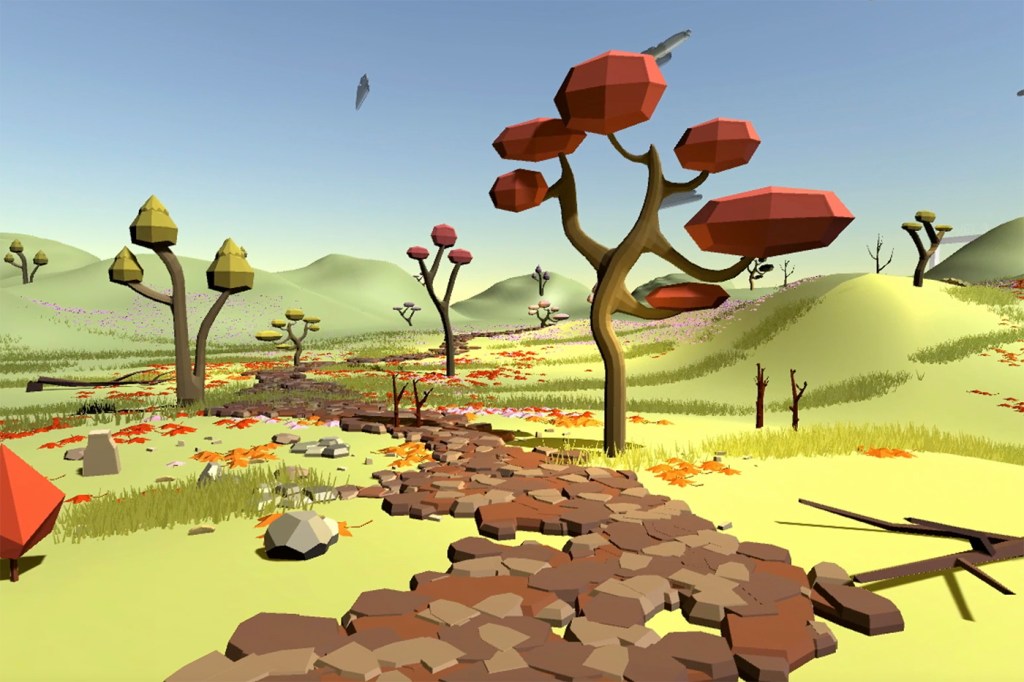Animation gets real at this global co-op, where a student is using computer-generated images to bring a robot wolf to life

Gina Izerel, who starts the third year of her game, art, and animation major in the fall, loved how true-to-life Simba looked in the 2019 Disney remake of the “The Lion King.” The movie used a combination of computer-generated images and live-action film to reconstruct the African savanna—making everything from the stampeding water buffalo to the jagged nick in Scar’s ear look real. Izerel, who‘s from Johannesburg, is able to observe some of those South African animals up close. She is learning how to create that type of animation during a four-month summer co-op at Cinegestix in Cape Town.
How did you decide you wanted to pursue computer-generated imaging?
I’ve always enjoyed technology and I’ve always been creative and love art. So this industry is really a good amalgamation of both of those interests of mine, because you really do get in-depth with arts and technology. The reason I love it so much is that it’s really about the ability to take a mere concept or character that might not exist in our world and give it life and meaning.
If you were able to make up your own character right now using computer generated images, what would you create?
It’s funny because at Cinegestix they asked me the same question and now they’re helping me lead that project. I’m making a fictional wolf that’s half robot and half wolf. There’s a lot of interesting work as to how we’re going to animate the organic and natural side of the wolf as well as the robotic side.

draws a character
What does that involve?
You definitely need to research how this character might walk or communicate, and what it does even when it’s at a standstill. There’s always something moving a little, and you have to find their center of gravity and see how their weight transfers. So for the wolf, we have to research how they move, how they communicate, and what prompts them to act in certain ways. You also need to recreate the muscles, joints, and skeletal structure to make sure it looks as realistic as possible.
Sounds cool. What’s he like? Or is it a ‘he?’
Yes, it’s a he. The idea is that we’re going to have this sort of scary-looking character and we take him on a bit of a journey where he’s discovering his identity. He’s trying to figure out if he’s something more man-made or something more realistic.
Where do you go to study wolf movements?
I’m very thankful that I live in South Africa because we live near a lot of game reserves, and the other weekend we went to the Kruger National Park, which is a very famous game reserve in South Africa, where we saw a lot of beautiful animals. We don’t have wolves but we saw lions, cheetahs, and other animals. They do have something in common with the way they move and the way their skin slides over their muscles. YouTube is also really helpful, and National Geographic is amazing.

How will this co-op help your career?
The wolf project is for my portfolio, and it really does take you through the whole production pipeline. Usually you’ll have different people in different departments where someone focuses on models, someone else does the concept art, and someone does the animation. They’re exposing me to all of those areas and guiding me through that so that I have a good understanding of how the pipeline works and I can find what I enjoy most.
Did you learn anything new about this line of work?
I was not aware of how much research and time actually goes into starting a project before you can even dive into creating a character on your laptop. There’s a lot of hand drawing and research and learning. I could be an expert on wolves at this point. Something that also surprised me is that animators working in VFX (video effects) and in photo realism are very attentive people that have a lot of attention to detail and close observations, whether it’s about a specific character they’re interested in or just the world as we know it. I’ve definitely become much more of that type of person. It’s a lot about the art of seeing.
For media inquiries, please contact media@northeastern.edu.





